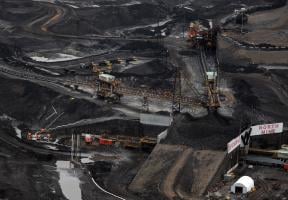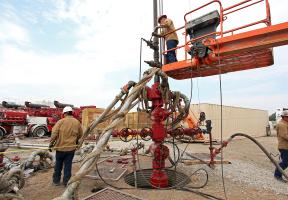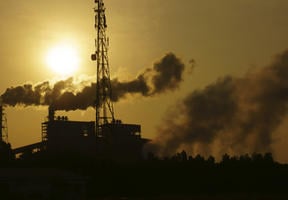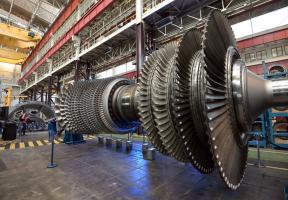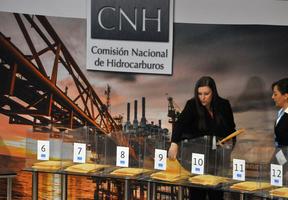Developing Oil and Gas Fields
Published on 08.11.201510 min read
After the various exploration stages, further studies are carried out to determine a field’s long-term profitability, the recommended number and type of wells, and the most suitable installations. Extraction can then begin, either through primary recovery (also known as natural ), or using enhanced recovery techniques.

© - Hydrocarbons can be located thousands of kilometers underground. Here, gas is produced from a depth of 6,000 meters under the Andes in Incahausi, Bolivia. GONZALEZ THIERRY - TOTAL
Vertical and horizontal production wells
As fields cover a lot of territory, ranging from several to more than 100 square kilometers, wells need to be drilled with care to recover the maximum amount of oil and/or gas. Wells can either be vertical or horizontal.
Traditional wells are drilled vertically and have been in use since the 19th century. Such wells tend to have a limited range of around a dozen meters as they can only access reserves located directly below the surface. A large number of vertical wells must therefore be drilled in order to recover all of a field's reserves.
Horizontal wells require the use of more modern techniques and make it possible to access a wider surface area of reserves. As a result, fewer wells are required to develop a field, enabling lower production costs. Oil companies prefer to drill horizontal wells whenever the shape, depth and location of the permit.
During construction, oil wells are reinforced with a fixed internal . Production tubing, which can be easily removed and replaced in the event of clogging or , is then run through the drilled well.
Primary and enhanced recovery
In order for oil and/or gas to flow to the surface, the pressure of the fluids in the well must be substantially lower than in the reservoir.
- If the natural differential pressure is high enough, the hydrocarbons are displaced from the reservoir and driven into the well and up to the surface. Wells of this type are known as “flowing wells” and the process is referred to as “primary recovery” or “natural depletion”.
- If the natural pressure of the reservoir is not high enough to drive the oil to the surface in sufficient quantities - especially if the oil is too viscous and therefore difficult to displace - an enhanced recovery method is used. The two main techniques involve pumping or injecting water or gas into the well. Pumps installed at the well's surface help the oil rise faster. Alternatively, a technique known as lifting may be used to achieve the same effect. Lifting involves injecting nitrogen into the well to reduce the density of the fluid column and create drive.
Injecting water or gas into the oil or gas accumulation increases pressure. In some cases, steam or solvents are used to reduce the oil's viscosity and enhance its ability to flow.
Water requirements in oil production
For conventional water- wells, an estimated one to three barrels of water are required per of oil produced.
Typically, the wells themselves can more than satisfy most of these water needs, given that they contain on average three to five barrels of water per barrel of oil. This water, which is naturally mixed with oil, is known as “produced water” and may be re-injected into the wells as required during the extraction process. Otherwise, the produced water is treated and filtered before being released into the natural environment. In this case, eco-toxicological tests are performed to ensure that the produced water's contents (oil, water, chlorides, metals, sulfates, carbonates, treatment products, etc.) are compliant with regulations.
Water can also be obtained from external sources, including:
- The sea, notably for production. Seawater can also be used in other environments, however. To give an example, around 106 cubic meters of water per day are treated and piped 300-400 km to the Ghawar oil field in Saudi Arabia for injection.
- Rivers and estuaries.
- Aquifers, and domestic and industrial wastewater.




